Blog Posts for Minimally Invasive Surgery
The North Florida Bone & Joint Specialists blog provides the latest information on orthopaedic conditions, injuries and procedures.

The North Florida Bone & Joint Specialists blog provides the latest information on orthopaedic conditions, injuries and procedures.
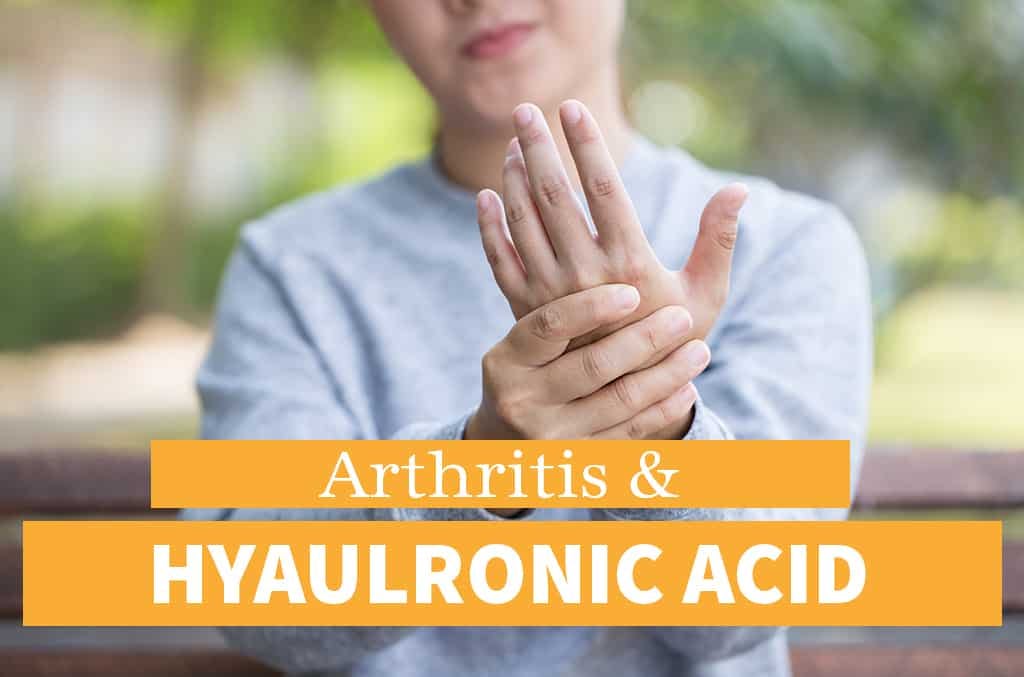
Arthritis literally translates to “inflammation of the joint” and describes the degenerative process through which a joint space loses its “cushioning,” whether are the result of injury, illness or the natural process of aging. It is the leading cause of musculoskeletal pain and can be found in almost every part of the body, from the shoulder all the way down to the smallest joint of the toe. Our joints are intricate structures shaped from cartilage, bone, muscle and connective tissue, all of which can gradually weaken over time or be damaged by acute injury. While there are more than one hundred known types of arthritis, the three most common forms are osteoarthritis, which is by far the most prevalent; rheumatoid arthritis, which is caused by the body’s own immune system generating a chronic inflammatory response in the joints; and post-traumatic arthritis, which is caused by the lingering structural damage of acute injuries.
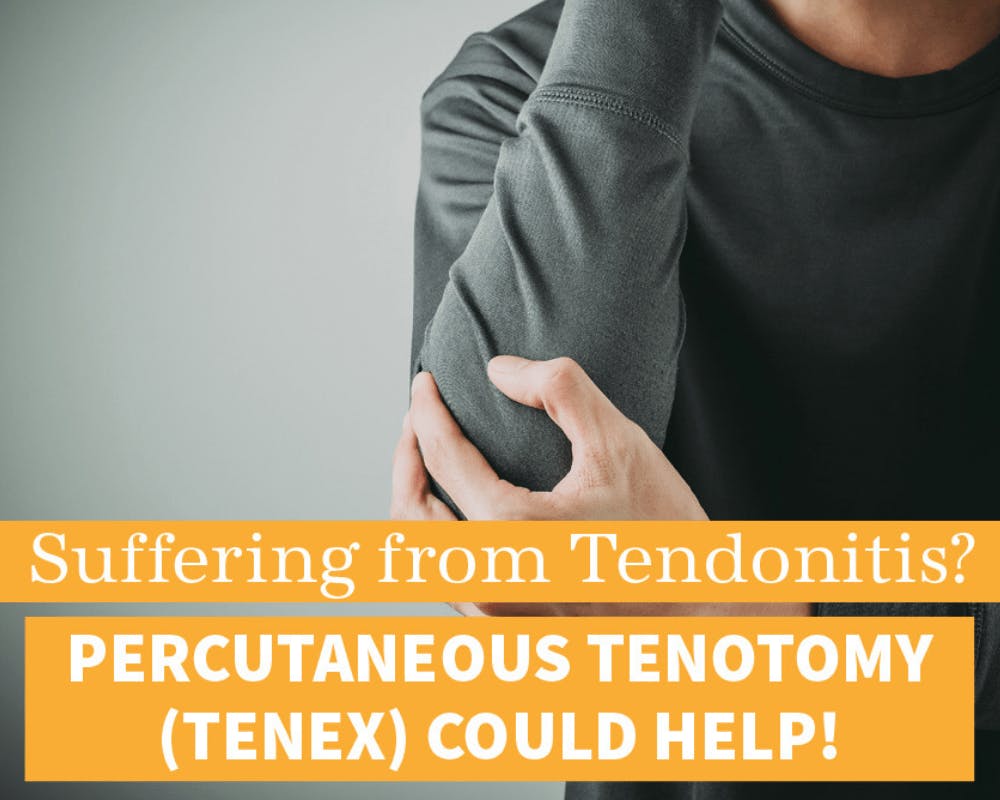
Treating Tendonitis with Percutaneous Tenotomy (TENEX)

According to The Journal of Bone & Joint Surgery, knee osteoarthritis affects nearly 14 million people in the US, with 25% of that population considered unsuitable for surgical treatment due to age, health or other medical conditions. However, depending on the severity of your arthritis, a non-invasive treatment option, such as COOLIEF Radiofrequency Ablation, may result in less risk, more affordable care, and expedited recovery time in comparison to surgical intervention.
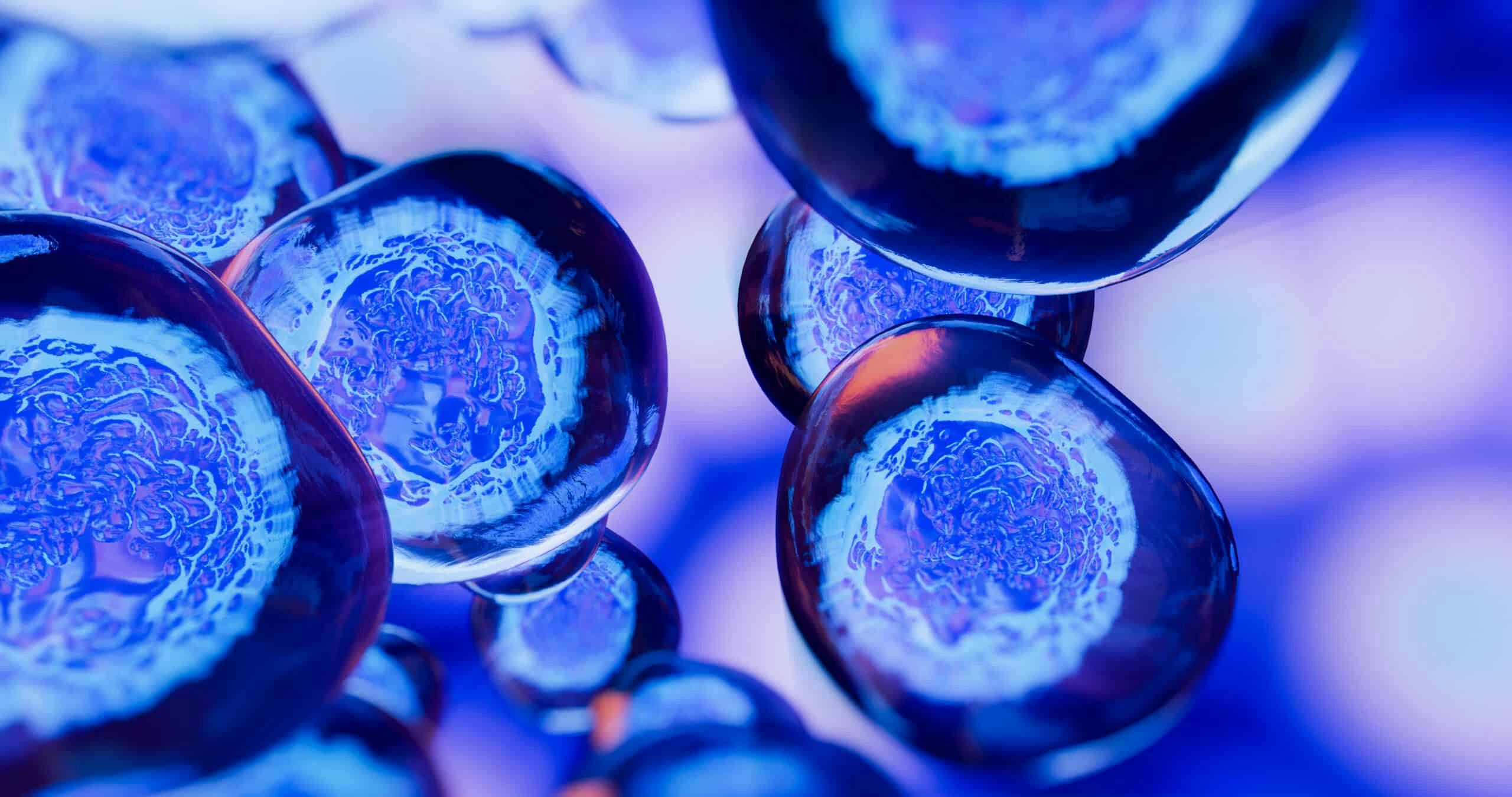
Stem cell therapy is one of two primary regenerative medicine procedures that harness the power of the body’s stem cells to promote healing and recovery. Adult stem cells found throughout the body can be harvested from a patient’s bone marrow or adipose (fat) tissues. When extracted, processed and injected back into the body, these immature cells have the potential to promote healing and repair by developing into muscle, vascular, cartilage or even bone cells and signal other cells to assist with the restoration of damaged tissue.

The American Medical Society for Sports Medicine defines rotator cuff tears as partial or full tears of one or a number of the four muscles that help move the shoulder and keep the end of the long bone of the arm within the shallow socket of the shoulder (the “rotator cuff”). Rotator cuff tears are more common in your dominant arm. The most common symptoms of a rotator cuff tear include:
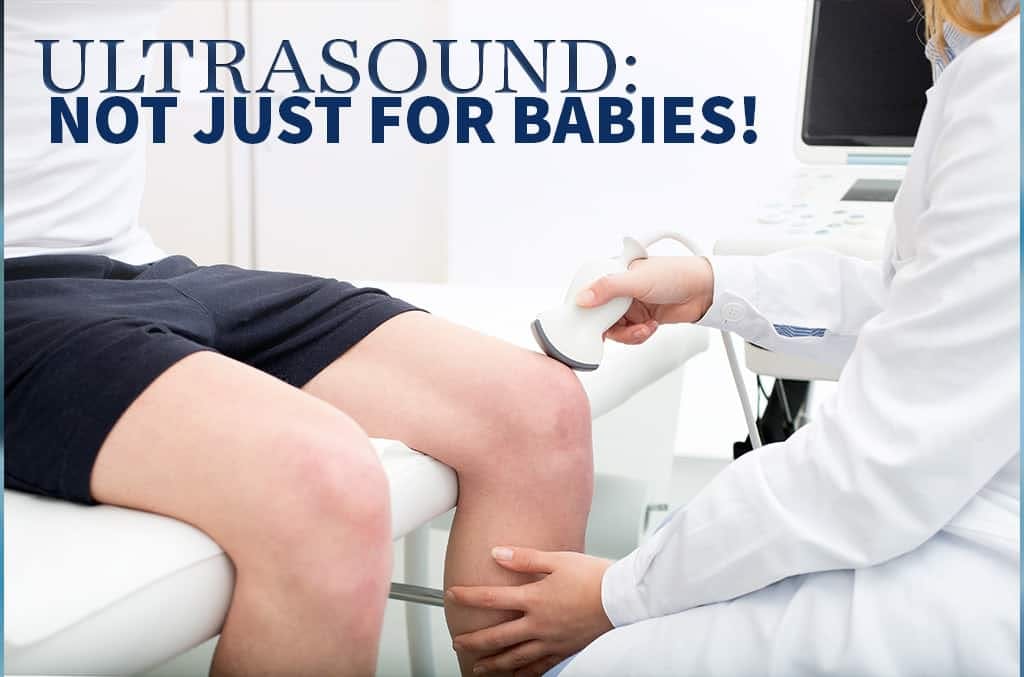
Ultrasound: Not Just for Babies!
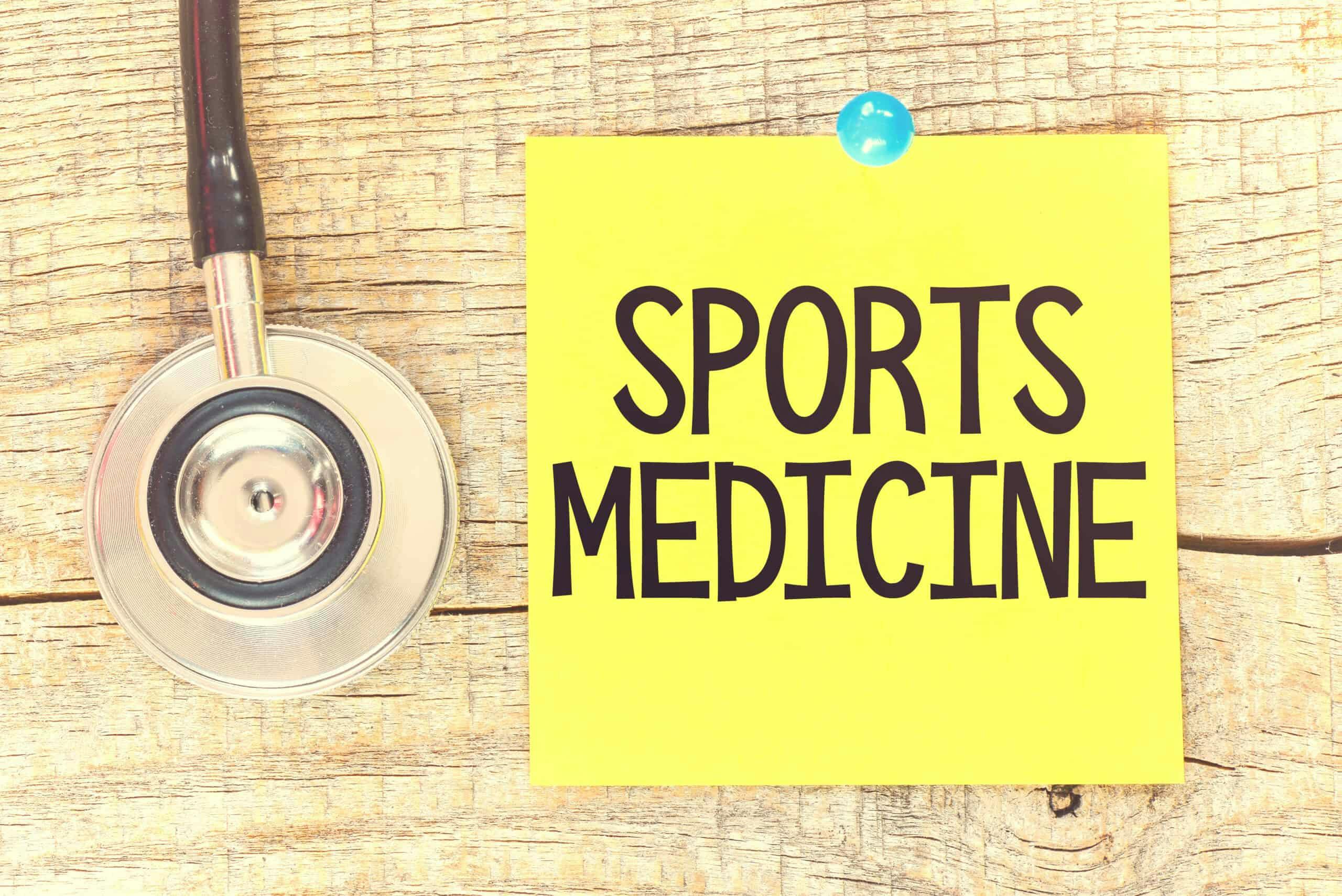
When most people think of sports medicine, they envision a physician treating their favorite player who was carted off the field after receiving a game-ended injury. However, a fairly common misconception is that you have to be an elite athlete to see a sports medicine doctor.

Research and the Evolution of Sports Medicine
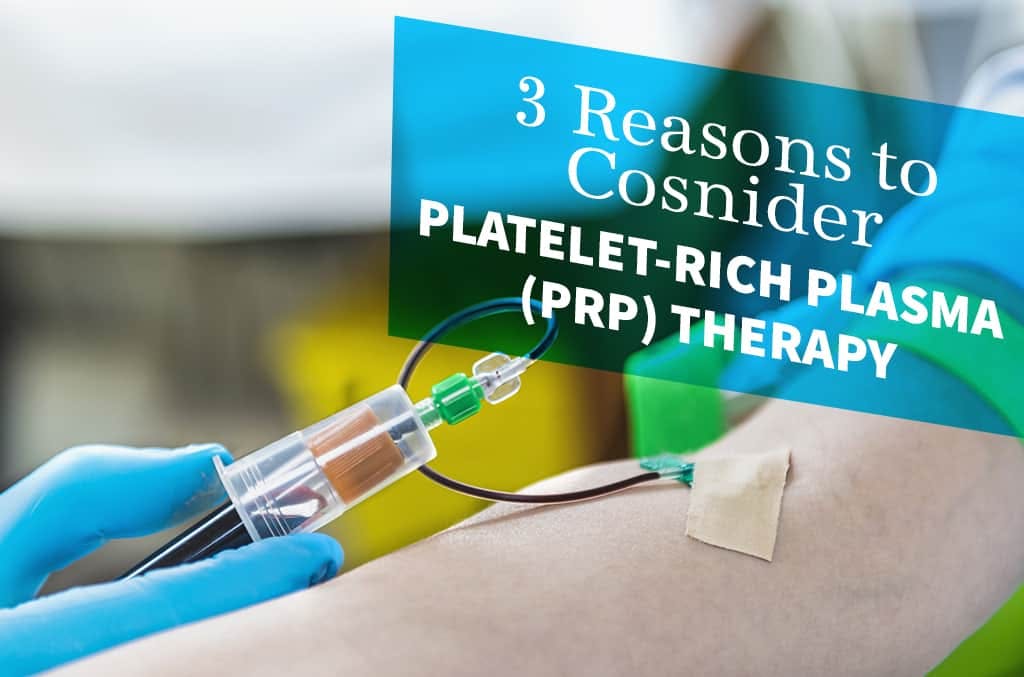
Three Reasons to Consider Platelet-Rich Plasma (PRP) Therapy

Who’s Playing on the Radio? Frequency Ablation COOLIEF!
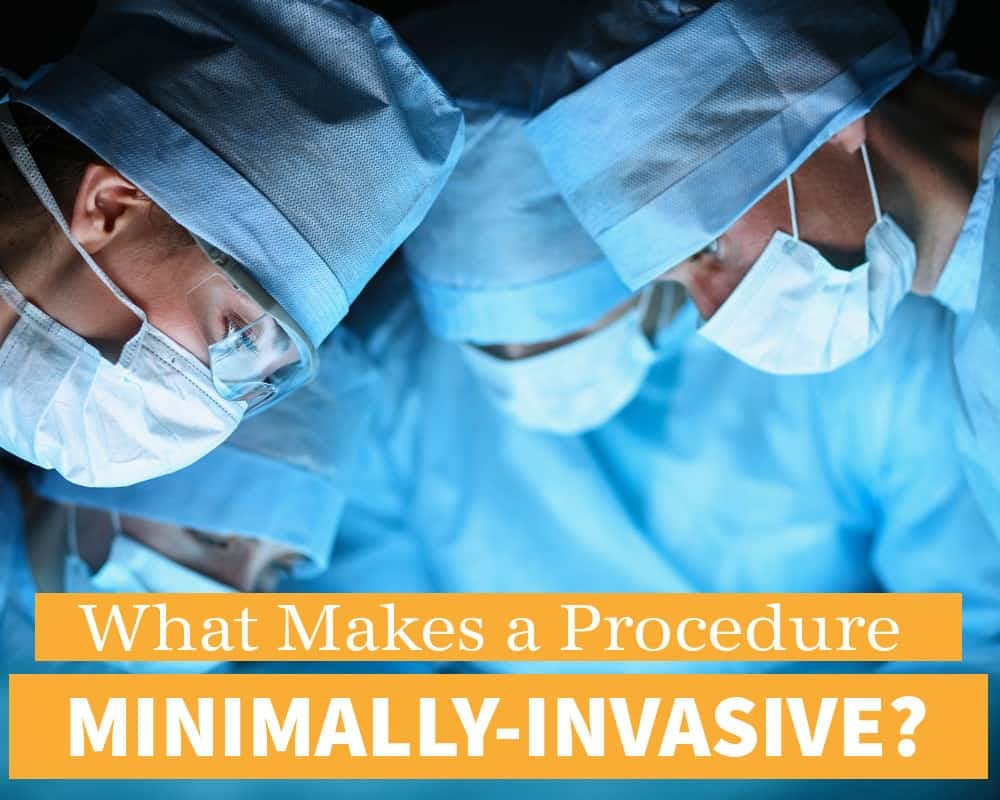
What Is Minimally Invasive Surgery?